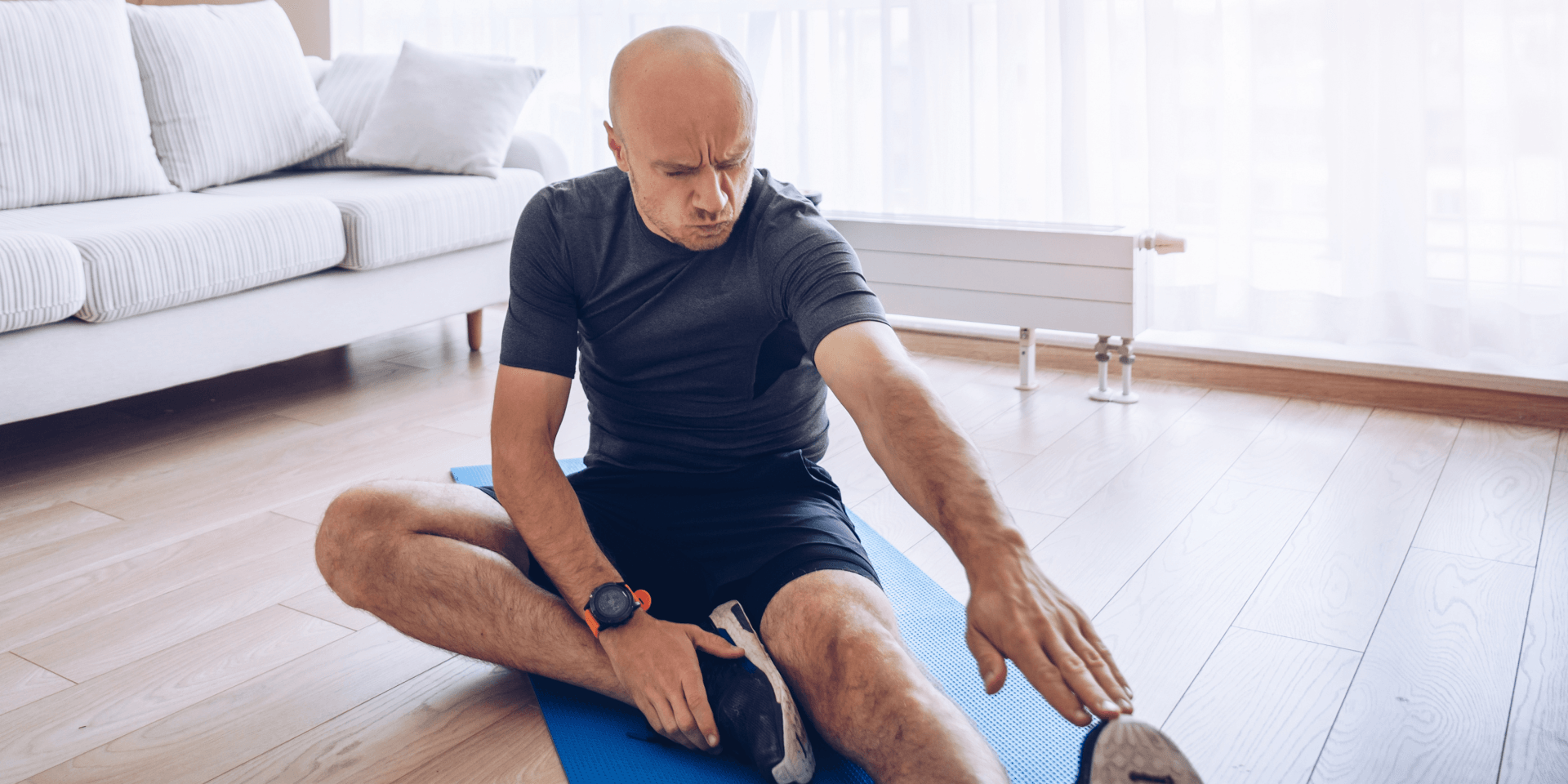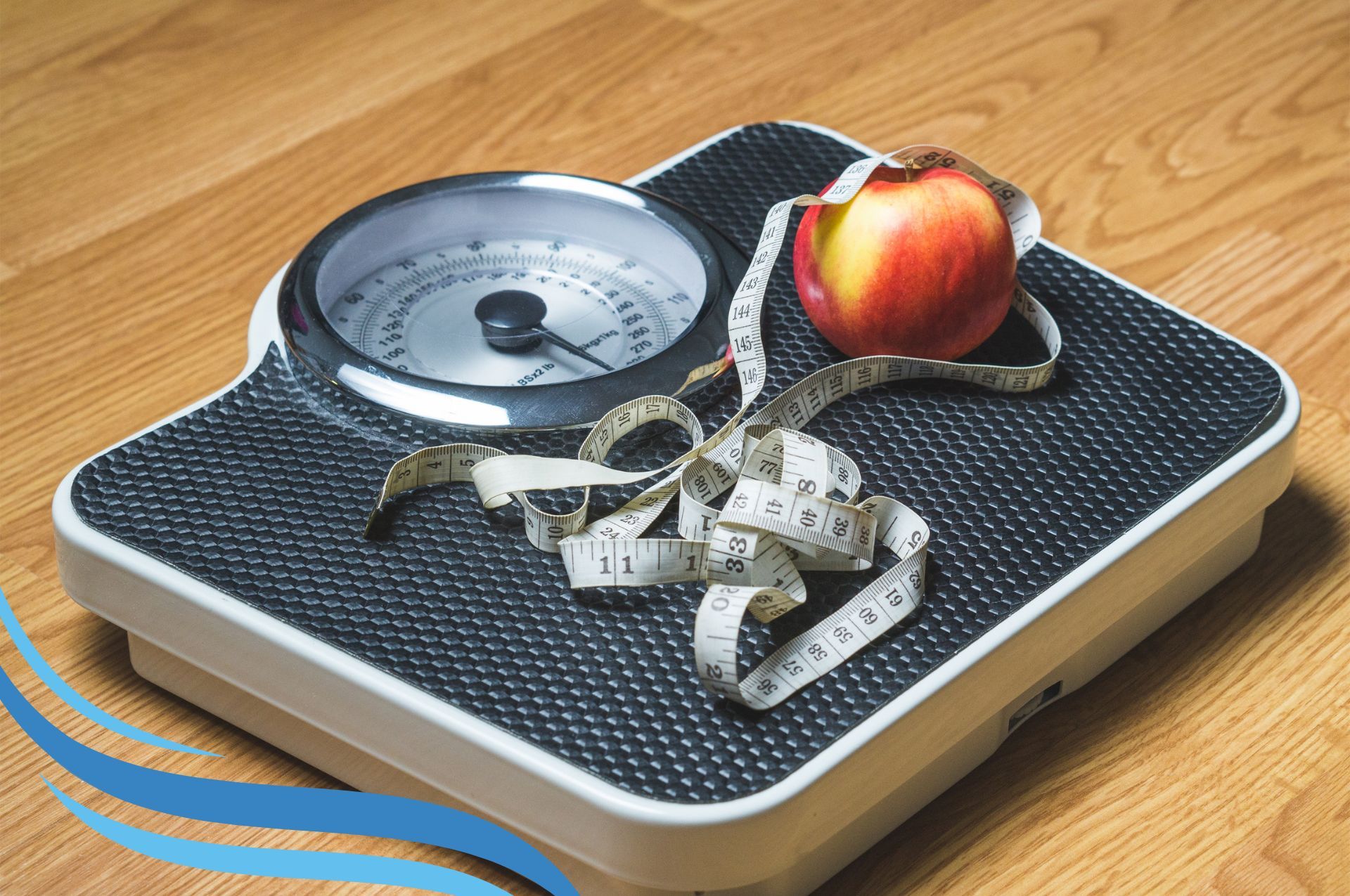If you're a sports enthusiast, then you know that even the slightest hamstring injury can sideline you for weeks. That's why proper hamstring injury rehabilitation is so important. In the first of this two part blog, we looked at
what causes hamstring injuries and how to prevent them. In this second part, we are looking at treating them and avoiding recurrence. We'll outline some basic tips to help speed up your healing process and get back on the field as soon as possible.
If you do suffer a hamstring injury, there are a few things you can do to help speed up the healing process. We’ve arranged this into phases, determined by the length of time post-injury.
Phase 1 (Up to 2 weeks post-injury)
Icing for hamstring injuries is a must in the first two weeks. It's not pleasant, but it will help you heal faster. Icing helps by reducing swelling and inflammation. It also numbs the area so you can move without pain. Apply ice for 20 minutes, then take a break for 20 minutes. Repeat this cycle for 48 hours or until the pain goes away. You can use ice packs or bags of frozen peas wrapped in a towel. Don't put ice directly on your skin, as this can cause frostbite. After 48 hours, you can switch to heat if you find it helpful. Applying heat helps improve blood flow and relaxes muscles. Put a heating pad on the area for 20-30 minutes at a time. Once your pain is gone, slowly start to increase your activity level. Hamstring injuries are common, but with some care and patience, you'll be back to normal in no time.
Laser therapy can be used immediately following injury. Laser therapy for hamstring injuries is a non-invasive treatment that can help by reducing inflammation. It can also speed up the healing process.
The therapy involves using a low-level laser to stimulate the production of ATP, a molecule that is essential for cell function. Laser therapy has been shown to be particularly effective in reducing inflammation and pain in the early stages of injury. In one study, laser therapy was found to reduce levels of inflammation by more than 50% within 24 hours of treatment. Laser therapy is a safe and effective way to reduce inflammation and speed up the healing process following an injury.
If you've recently suffered a hamstring injury, it's important to avoid stretching in the first two weeks. Stretching can actually cause further damage to the already injured muscle tissue. Instead, focus on resting and icing the area to help reduce swelling.
Deep tissue massage is a type of massage that is specifically designed to target deep muscle tissue. It is often used to treat injuries, such as hamstring injuries, and can be very effective in the first 72 hours after the injury occurs. The goal of deep tissue massage is to apply deep, steady pressure to the muscles in order to release any built-up tension. This type of massage can be quite intense, so it is important to listen to your body and only go as deep as you are comfortable with. If you are looking for a deep tissue massage therapist, be sure to ask about their experience with treating hamstring injuries.
If you've recently suffered a hamstring injury, it's important to avoid explosive exercise during the first few weeks of your recovery. As touched on in our previous blog, there is a high risk of recurrence of hamstring injury. This includes aggravating a low grade injury and making it worse. Explosive activities include things like running, jumping, and changing direction. The reason for this is that explosive exercise can put too much strain on the hamstrings, delaying the healing process.
Phase 2 (10-14 days after injury)
After the initial two-week period, you can slowly start stretching the muscle again. Begin with gentle stretches and gradually increase the intensity as your healing progresses. If you experience any pain or discomfort during stretching, stop immediately and consult your practitioner.
Therapist guidance is essential when returning to hamstring strengthening exercises post-injury. They will help you slowly build back up to where you were before, and ensure you are correctly performing the exercises to avoid re-injury. Hamstring strengthening is important to prevent overcompensation in other areas of the lower limb, such as the glutes, as well as understanding the biomechanics of how the initial injury occurred. A
Physiotherapist or Sports Therapist will be able to assess this with you and help devise a plan to avoid future issues.
Phase 3 (3 weeks after injury)
After three weeks, it is usually possible to start adding weight to strengthening exercises, and to resume some cardio exercises. These exercises should continue to avoid ballistic movements and changes of direction. Ideal exercises at this stage are cycling and swimming.
Pain when completing strengthening exercises and cardio should be avoided. If it is uncomfortable, reduce the intensity of the exercise and build more slowly, taking advice from your therapist.
Phase 4 (4 weeks after injury)
After four weeks, running and jogging can be reintroduced. It's generally accepted that when returning to running or jogging after an injury, you should do so gradually. Start with a light run or jog, and then slowly increase the distance and intensity over time. This gradual approach gives your body a chance to adapt and become stronger, helping to prevent further injuries.
It's also important to maintain focus on hamstring strengthening and rehabilitation exercises during this time. This will help to ensure that your hamstrings are able to properly support your joints and bones, making you less likely to experience another injury in the future.
Phase 5 (6 weeks after injury)
Phase 6 (Around 8 weeks after injury)
Depending on the severity of the injury, you should expect to be able to return to normal activities after around 8 weeks. Hamstring injuries can keep you out of commission for quite some time, so it's important to take the necessary precautions to avoid them in the first place Talk to your doctor or
physical therapist about any concerns or questions you have regarding hamstring injuries.













